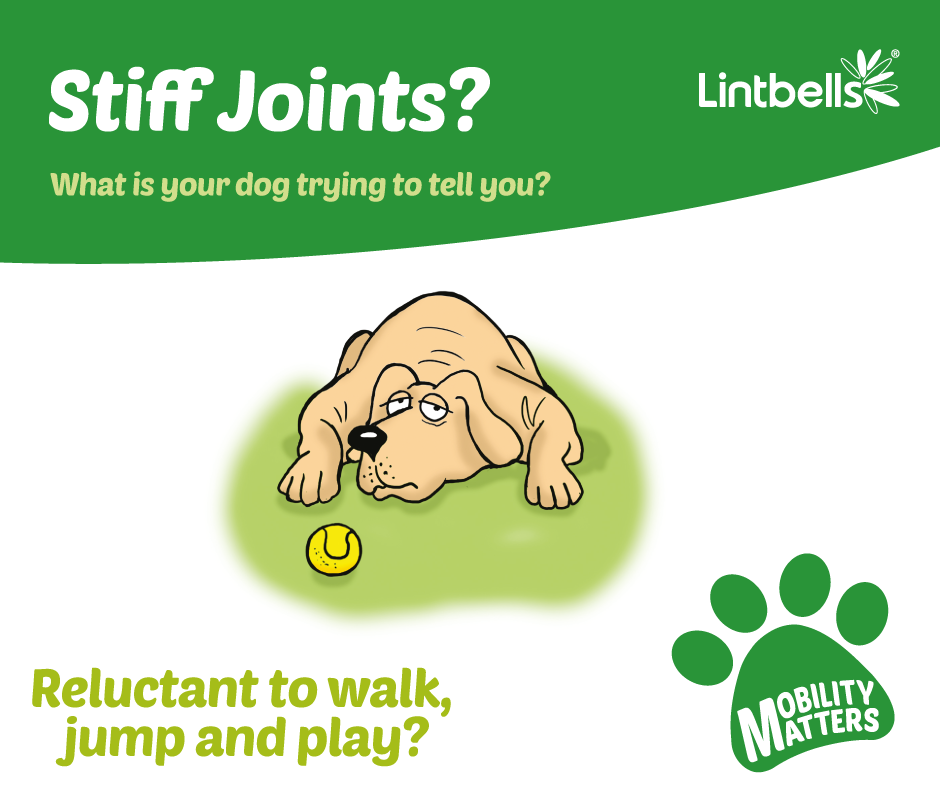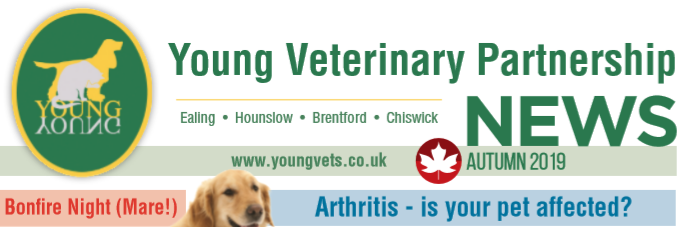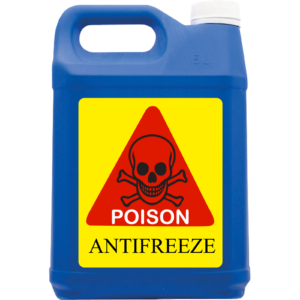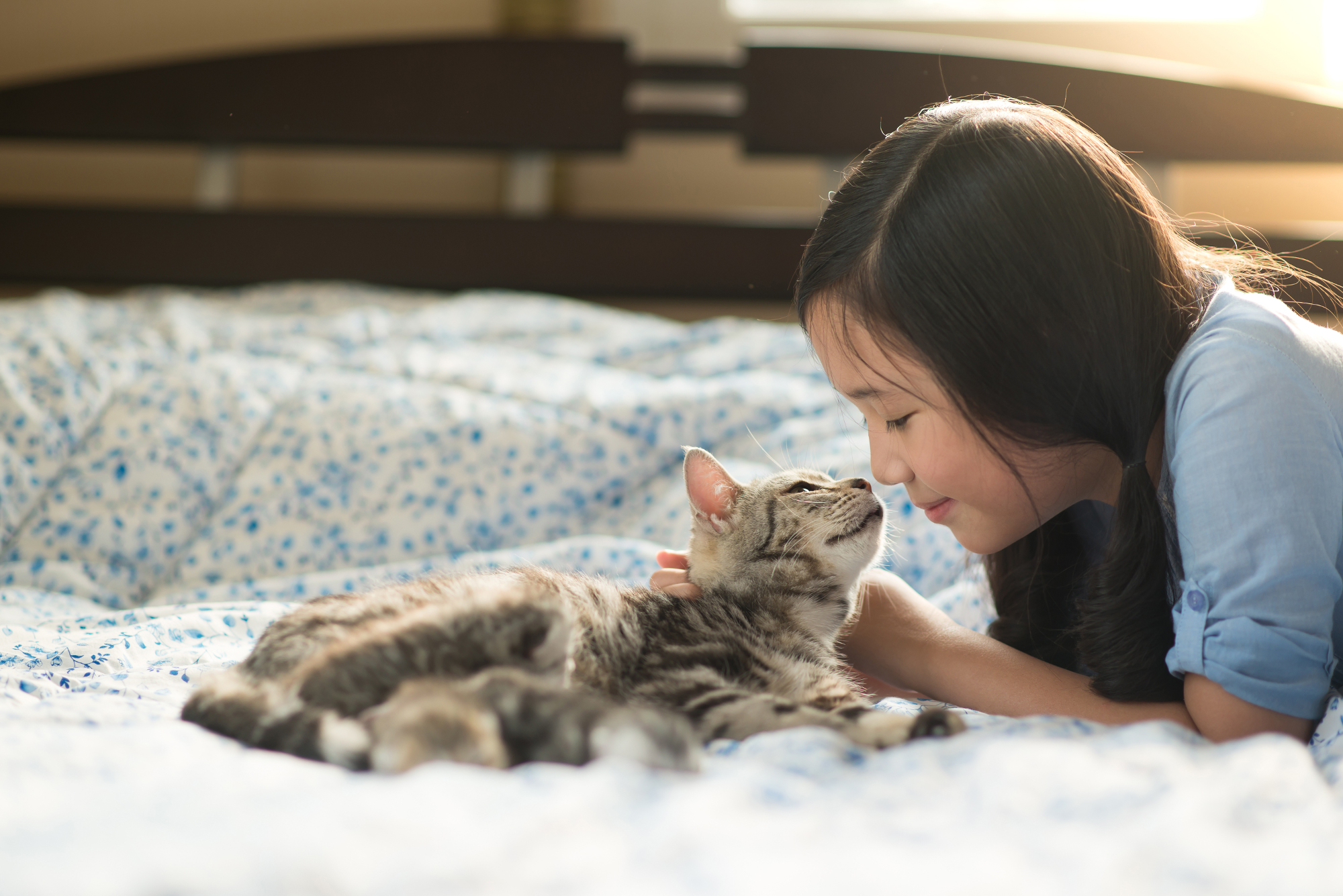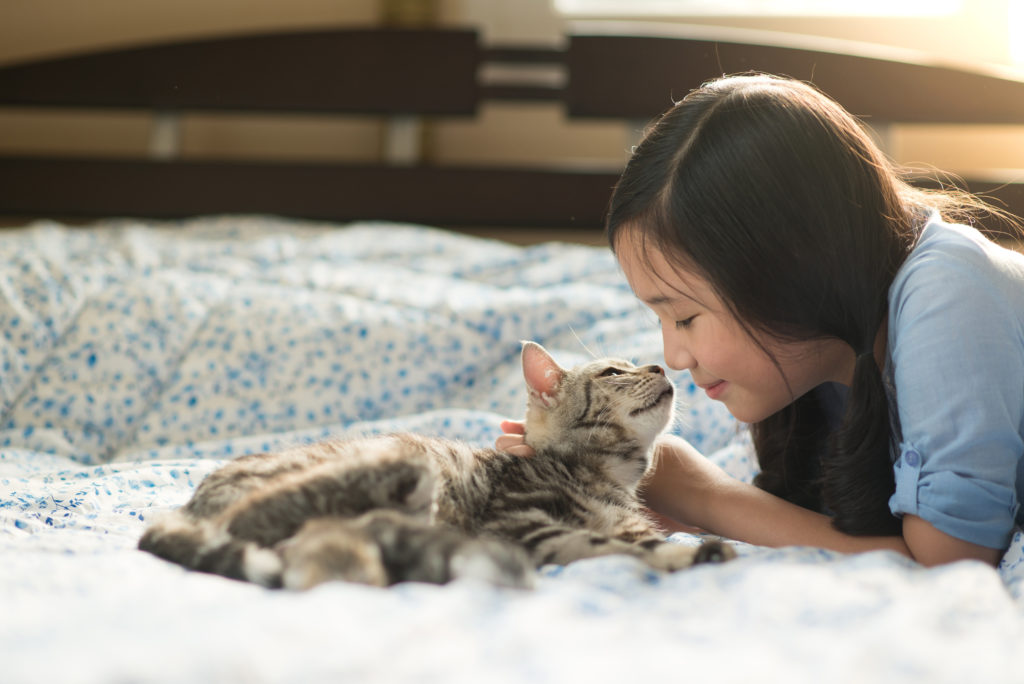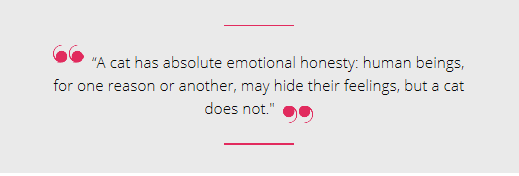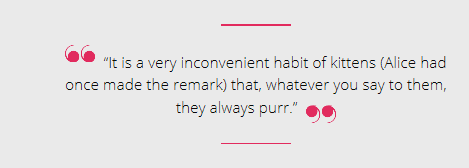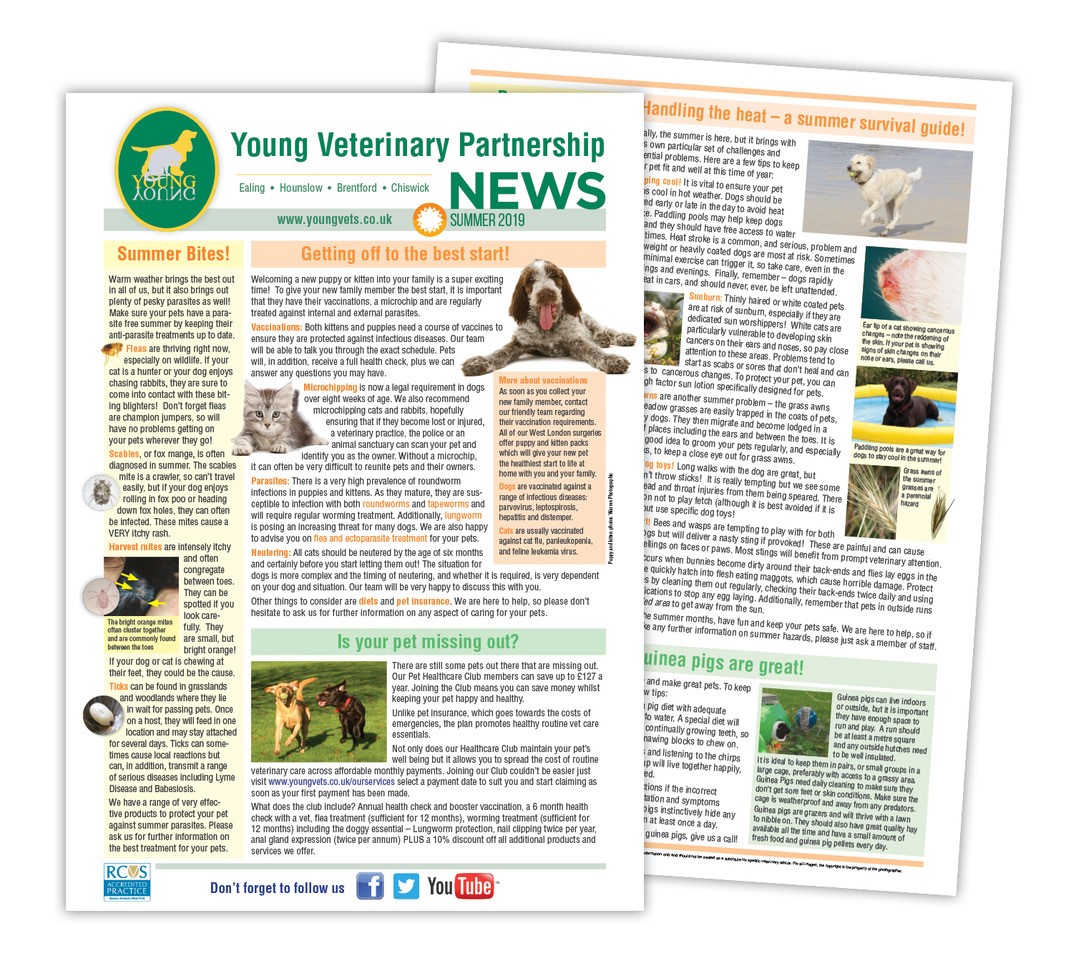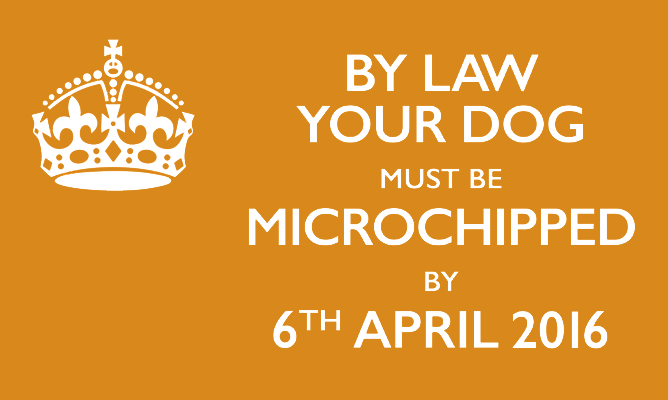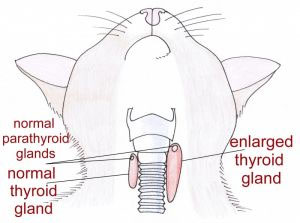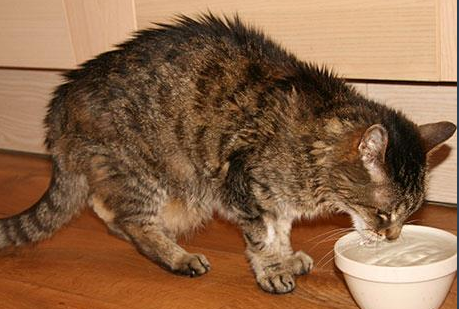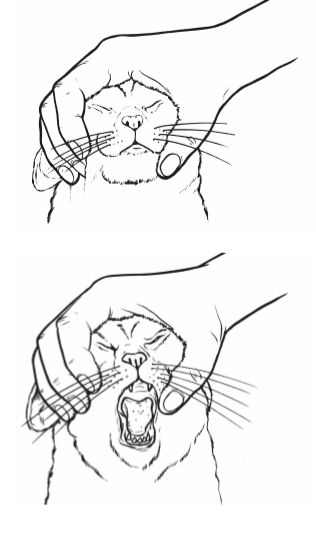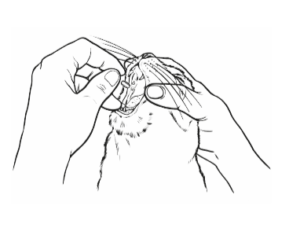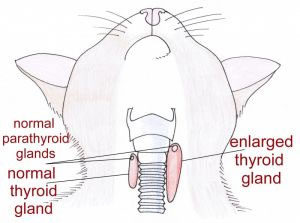Can you rely on an automatic cat feeder?
However selective they are with their own affection, we love having cats around, but like many other duties during the average working day, sometimes it is hard to make time for feeding them. All it takes is a meeting which drags on, that post-work ‘drink’ which turns into a few, or an unexpected invitation, and your cat can be left alone and food-less because your busy lifestyle prevents you from serving up their next meal.
In come automatic cat feeders, which, like so many other modern inventions, are designed to save time by fulfilling a daily task on your behalf. The typical automatic cat feeder is capable of storing and dispensing controlled portions at the time of your choosing. Features vary from device to device, from fully digital, technological wonders, to more rudimentary versions which do the job adequately.
In this article, we take a look at some pros and cons of the automatic cat feeder, differentiate between the different types, and examine the effectiveness of some of the latest technologies.
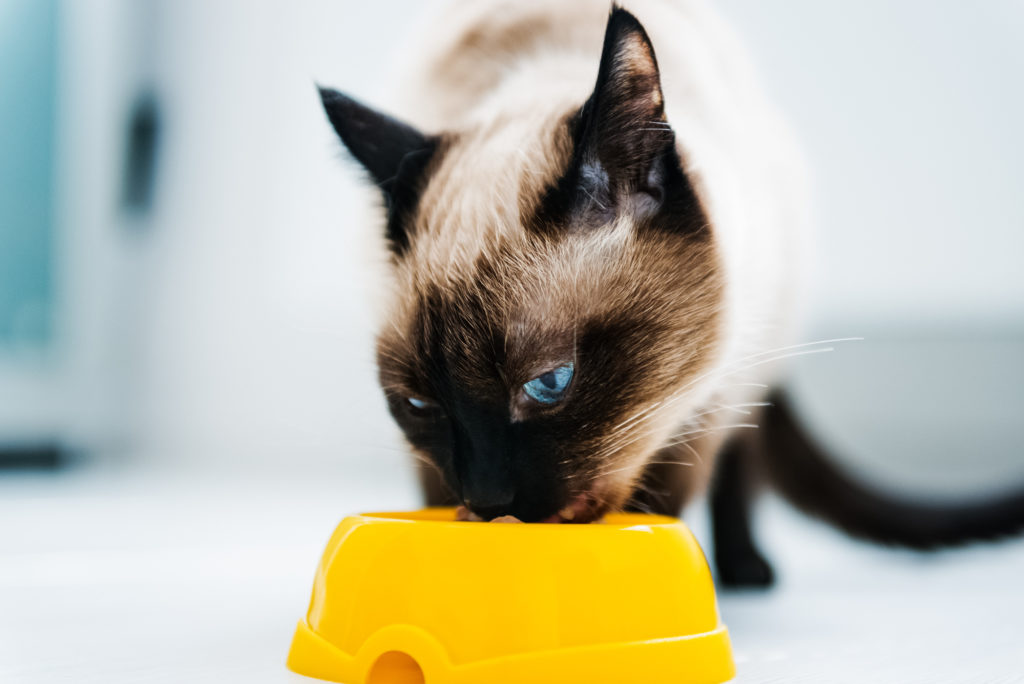
Pros
- Convenience – the standout benefit of the automatic pet feeder is its convenience, allowing your to feed your cat in the middle of the day when you aren’t there, negating the need to rope in a friend or neighbour to do the honours.
- Preventing bloat – the unwanted side effects of your cat being bloated can be avoided by the automatic feeder’s ability to dispense smaller meals. This may be more beneficial than the ‘vacuuming’ of one big meal when you come home.
- Medical value – automatic pet feeders have even made it onto the recommendation list of some vets, who can suggest that automatic cat feeders are a good way to regulate food consumption in cats suffering from medical conditions eg Diabetes.
- Complete personalisation – if you are a cat owner who wishes to have control of every detail, automatic cat feeders allow you to dictate both the size and regularity of your cat’s meals, giving you complete control at the press of a button.
- ‘Pet detectors’ – we will cover them in more detail further on in this piece, but many automatic cat feeders come with a microchip detection system which ensures that only the cat you intend a meal for gets their lips around it. This can come in handy for owners with multiple cats, or multiple pets.
Cons
- ‘Dehumanisation’ – it may not have occurred to you, but one of the reasons your cat can see you as the ‘leader of the house’ is your role of personally feeding them. Rather than just an insignificant daily routine, mealtime is a form of training which lets your cat know you are the person with access to food. This control influences behaviour, so ceding the dispensing of meals to a machine could see your cat’s behaviour change.
- Noise – while there have certainly been some models which have sought to address the problem, automatic cat feeders can be noisy. If your cat is sensitive to noise, they may develop a dislike for the device. Then again, if they associate it with mealtime, it might bring about feelings of happiness rather than resentfulness.
- Stability – depending on the model, and the strength of your cat, a dispenser might be easily tipped over and spilt or opened in the process.
- Jams – use the wrong food with certain dispensers and you might find you have a jam on your hands.
- Cost – aside from buying food, is feeding the cat really something you wish to spend money on? If meal time is a job which you can get done, by hook or by crook, an automatic cat feeder might be low down on your list of priorities, and understandably so.
Types of automatic cat feeder
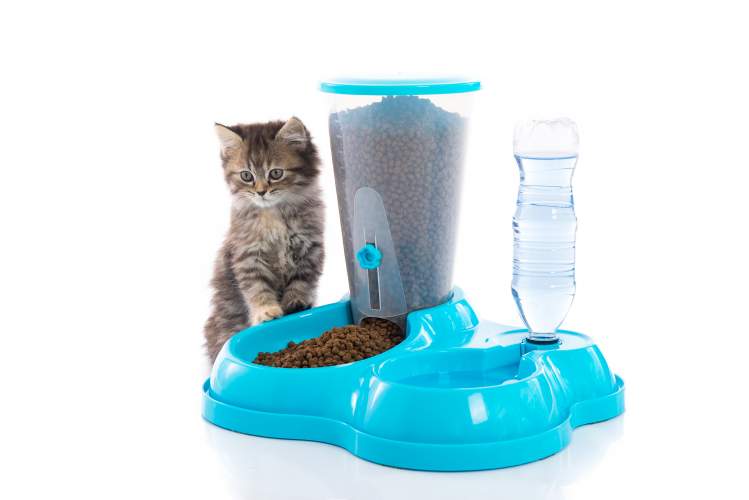
Let’s take a look at the main types of automatic cat feeders currently on the market:
- Budget – these automatic cat feeders work thanks to gravity. The cat feeding station is automatically refilled from the container above as and when your cat makes space in the bowl by eating the food. These types of dispensers are suitable for owners whose sole aim is food availability via a full bowl, as they do not offer the opportunity to regulate portions or timings.
- Electronic – more intelligent in their design are the electronic food bowl models, which allow the owner to program mealtime, fill a bowl beforehand with the desired amount of food, and then rest assured that your cat will be fed. When mealtime comes, access is usually enabled in timed cat feeders by a lid which automatically slides or lifts off – ta-da!
- Advanced programmable – for owners who want their cats sticking to a set schedule for their meals, and who wish to give multiple portion sizes, the top of the range breed of automatic cat feeders will do the job. While you are likely to fork out considerably more for these clever machines, you will be able to keep close control on what your cat consumes, irrespective of if you are at home.
How long can you leave an automatic cat feeder?
The length of time you can leave an automatic cat feeder to look after your cat’s meals is entirely dependent on the model. Perhaps ironically, some of the most basic designs which continuously fill up the bowl from a large container can be left to their own devices for longer. While some of the digital models can be programmed for several days, you must make sure that the food container, or separate portion spaces, can carry enough food to sustain the cat for a few days. If you want to feed a cat over a long period, it might be best to go basic.
Microchip controlled: a gimmick or not?
One of the advents in automatic cat feeders which has made waves recently is a microchip which is placed on a cat’s collar, allowing it to be identified when it approaches a dispenser, at which point food is made available. Many of these microchip cat feeders use RFID technology – an identification method which is used across a huge range of industries nowadays – which makes the system fairly error-proof. Many of the dispensers are sealed when the cat is not at the bowl, meaning you can keep food free from insects and prevent it from smelling bad. On the whole, automatic cat feeders of this nature work well, and you can rely on those fitted with RFID to do the job. It should be noted that some of the bowls on these dispensers are not removable for cleaning.
Detection techniques go even further in some RFID enabled microchip cat feeders, being able to sense ‘intruders’ – that is cats not permitted to be eating – and shut the lid on the bowl to prevent food being eaten by the wrong cat. Two in one food and water dispensers are another variety of automatic cat feeders to come on the scene; they allow you to stock your feline friend up with all the refreshments they need for the day!
Automatic cat feeders: a summary
On the whole, automatic cat feeders do the job perfectly well. However, don’t expect a basic model to revolutionise your cat’s diet, and if you go for a more advanced variety, make sure you have enough patience to learn its nuances in order to get the most out of it.
Have you got a new cat or kitten? Are you confused by the different diets available for your cat? All of our four West London surgeries offer free weight checks for your pet, so why not contact us to discuss your cats individual diet needs with our friendly team.
Blog & images supplied from Zoetis.
Written by Edwina Gildea MVB, MRCVS.

